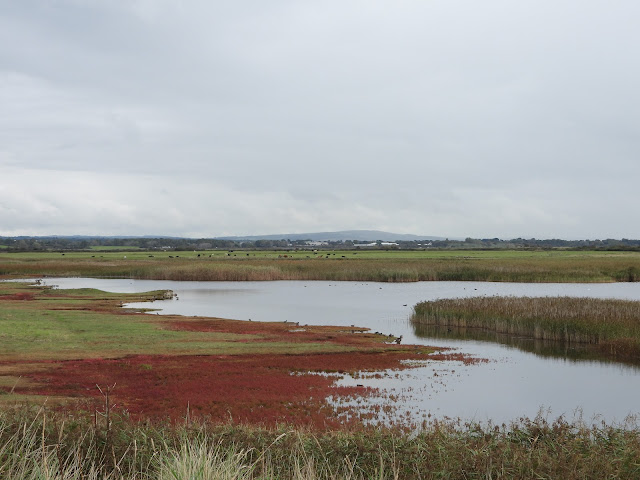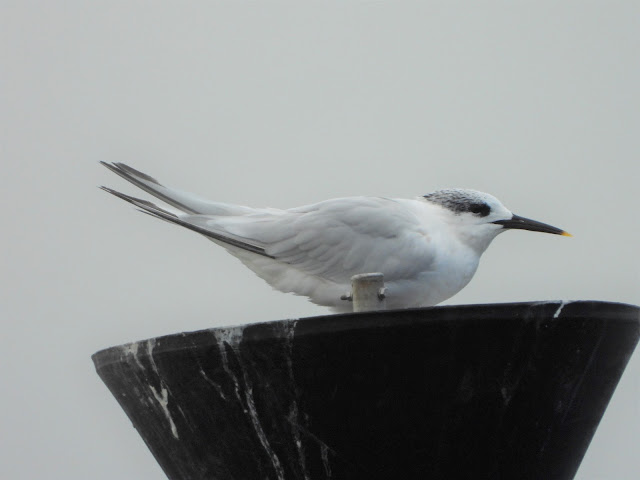Location Profile: RSPB Medmerry

Medmerry lies to the south of Chichester, on a section of the coast called Bracklesham Bay. It is a fantastic place for wildlife, despite being a recently created and developing landscape. Conceived as a coastal realignment scheme, it is benefiting both wildlife and people through the creation of new habitats and mitigating flooding in the local area. A variety of habitats and ecological niches provide a framework for a diverse mix of species to thrive here. Habitats range between farmland, grassland, freshwater, brackish water, coastal scrub, trees and hedgerows, developing intertidal mudflats, saltmarsh, saltwater lagoons, shingle beaches and the open sea. All of this results in Medmerry being an excellent place to go and view bird life. The groundworks for Medmerry were completed in 2013, and since 2016 I have been conducting regular surveys of the birds and reptiles at the reserve for the RSPB. Like most places different bird species can be seen at different times of year. Over tim

